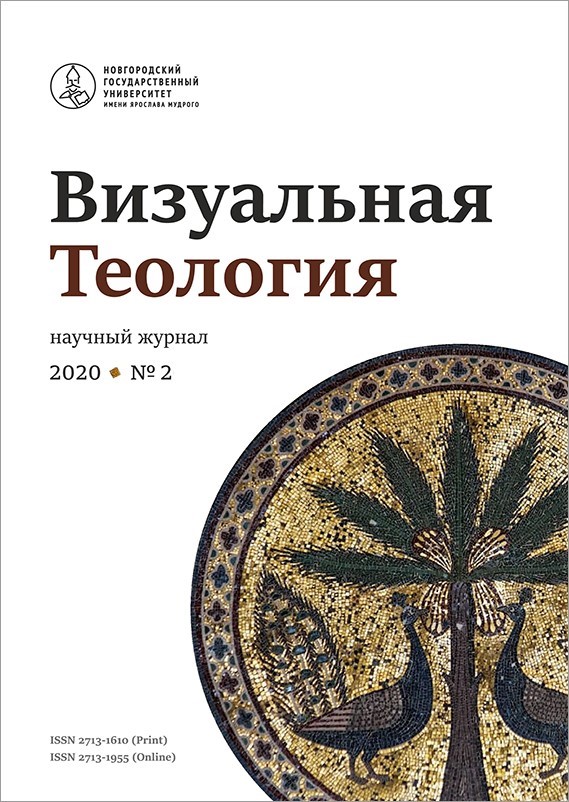The Motive of Healing an Illness and Its Visualization on the Example of the “History of Armenia” by Agathangelos
Abstract
The article examines in details the motives of illness and its healing based on the History of Armenia by Agathangelos. This text is a product of social and Christian memory, and its translations into different languages (Syrian, Greek) indicate its transnationality. In the course of describing the mentioned motives the visualizations of the main characters in Armenian medieval manuscripts, miniatures and paintings are analyzed. The description of the illness and healing of the Armenian king Tiridates III and the aristocracy became the key motives in Agathangelos’ History of Armenia, since the detailed descriptions of the sick king played an important role for influencing early medieval readers. Certainly, the visualizations of details and figures based on the text of History of Armenia by Agathangelos were of a great interest in various formats of art, such as miniatures, steles, tapestries, paintings, etc. The empirical analysis of the material showed that the motive of illness and its healing became key generator in the history of the adoption of Christianity by Armenians. The beating of 37 Christian girls, among whom were Saints Gayane and Hripsime, caused Tiridates III’s illness. The healing process passes through different levels, such as covering the body. In addition, the disease itself became the reason that the king’s sister, Khosrovadukht, through a dream, remembered Gregory the Illuminator, about the healer who cured the aristocracy not only on physical, but also on spiritual level. The king’s illness became the reason for his repentance. From the narration of the History of Armenia, it becomes obvious that the author’s perception is theistic, since God actively participates in the process of adopting Christian values and appears to the pagans also through various channels (bestialness, the dream of Khosrovadukht). Through illness and repentance, the high society and Tiridates III acquired, first, beauty (the transition from a pig to a man), second, kindness (ethics of horizontal relations), and third, truth (knowledge of God, the establishment of vertical existential relations). In other words, the king learns Christian values and thereby prepares himself for the great sacrament – baptism. Analysis of different formats and genres of visualizations showed that in early middle Ages the king was often portrayed in a bestial manner, while in subsequent centuries, that is, 15th – 19th centuries another subject – baptism was visualized most of all. The particularity of this plot provides a basis for suggesting that the motive of intimidation (the bestialness of Tiridates III) changes to the emphasis on baptism, but with asymmetric accents on the modeling of images. Gregory the Illuminator always appears to be larger than all other figures. In the poses of the figures (top vs. bottom, larger vs. smaller, etc.), there is always an asymmetry. Besides the visual motives of baptism, kneeled praying in the Armenian miniature of late times, Tiridates III can be seen with double coding depiction, that is, with a halo and a crown. However, there are examples of his depiction only in a tiara. Examples show that the authors themselves decided to represent the king with the signs of secular power and holiness or with the one of them.



